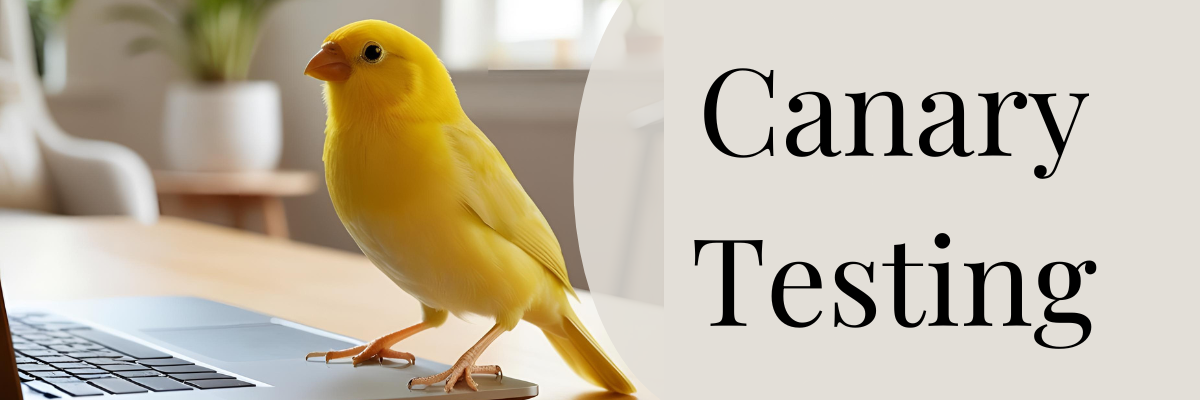Burndown charts are a staple in agile project management, providing a clear visual representation of work progress over time. They help teams track completed work against the total scope, ensuring that they stay on schedule and identify potential risks early. This guide will walk through what burndown charts are, how to calculate them, and how to use them effectively to communicate project status.
What Is a Burndown Chart?
A burndown chart is a graphical representation that displays the amount of work remaining versus time. It typically consists of:
- X-axis (Time): Representing days, sprints, or weeks of the project.
- Y-axis (Work Remaining): Measured in story points, tasks, or effort hours.
- Ideal Burndown Line: A diagonal line from the total work at the beginning to zero at the project’s end.
- Actual Progress Line: Showing real-time progress as tasks are completed.
How to Calculate a Burndown Chart
To create a burndown chart, follow these steps:
- Determine Total Work: Sum up the total effort required (e.g., in story points or task count).
- Plot the Ideal Burndown Line: Create a straight line from the total work down to zero over the project timeline.
- Track Daily or Sprint Progress: Deduct completed work from the total at regular intervals.
- Update the Chart Regularly: Ensure the actual progress line is updated frequently to reflect the latest status.
Sample Burndown Chart
| Sprint | Total Work (Story Points) | Work Completed | Work Remaining |
|---|---|---|---|
| 1 | 100 | 10 | 90 |
| 2 | 100 | 20 | 70 |
| 3 | 100 | 30 | 50 |
| 4 | 100 | 40 | 30 |
| 5 | 100 | 30 | 0 |
In this example, the team successfully completes all work by the end of Sprint 5, following a steady trajectory.

The Story a Burndown Chart Tells
A well-maintained burndown chart provides a clear picture of:
- Progress Trends: Are tasks being completed at the expected rate?
- Scope Creep: If the total work increases, it signals new requirements being added.
- Bottlenecks: Periods of stagnation indicate blockers that need resolution.
- Velocity Consistency: If progress is erratic, team efficiency might need attention.
Red Flags to Watch For
- Flat Line: No work is being completed, suggesting a bottleneck.
- Upward Spikes: New work is being added mid-sprint, affecting scope and deadlines.
- Sharp Drops: Sudden completion of large amounts of work might indicate poor tracking.
- Early Completion: While seemingly positive, finishing too early might indicate underestimation.
PM Tools That Provide Burndown Charts
Several project management tools include burndown charts as a standard feature, making it easier to track progress and visualize team performance. Some of the most widely used tools include:
- Jira: Provides built-in burndown charts within Scrum boards, offering real-time updates and insights.
- Azure DevOps: Features burndown charts in its Sprint Backlog and Dashboard for agile teams.
- Trello (with plugins): While not native, Trello can integrate with Power-Ups like Blue Cat Reports to generate burndown charts.
- Asana (with integrations): Offers burndown charts through third-party integrations like Instagantt.
- Monday.com: Includes burndown charts in its project dashboards, helping teams track work completion.
- ClickUp: Provides native burndown charts within its Agile dashboard.
These tools help teams automate burndown tracking, ensuring accurate and up-to-date reporting.
Communicating Burndown Data to the Team
Effective communication of burndown charts ensures team alignment and proactive risk management. Here’s how:
- Sprint Planning & Retrospectives: Discuss burndown trends to refine future estimates and adjust workload distribution.
- Daily Standups: Use the chart to highlight any blockers and realign priorities.
- Stakeholder Updates: Show how the team is progressing and flag risks early.
- Proactive Adjustments: If the trend deviates, discuss possible mitigations such as backlog reprioritization or additional resources.
Final Thoughts
Burndown charts are invaluable for tracking work completion and predicting project outcomes. By consistently updating and analyzing them, project managers can drive efficiency, preempt issues, and keep teams focused on delivering results. When used effectively, they empower teams to adapt to changing circumstances and maintain momentum toward project success.
Read more from our blog:
Empathetic Leadership: The Hidden Superpower of Today’s Best Project Managers
Across industries and team dynamics, one leadership trait is quietly transforming teams, elevating p…
Leadership Lessons from Unexpected Places: What Project Managers Can Learn from Pilots, Chefs, and Athletes
Sure, project management loves its frameworks and certifications—but let’s be honest, no one ever go…
Oops! How to Recover From That Accidental Screen Share Slip-Up in a Work Meeting (Without Moving to a Remote Island)
We’ve all been there. One second you’re presenting quarterly numbers, and the next, your…
Writing a Project Status Report That Actually Gets Read (With Examples)
Let’s be honest: most project status reports collect dust in inboxes. They’re either too long,…
The MoSCoW Method: A Complete Guide to Prioritization in Project Management
Introduction Effective prioritization is key to delivering value on time and within budget. One of t…
Canary Testing: The Smart Way to Deploy Software with Minimal Risk
For many organizations, rolling out updates and new features comes with inherent risks. Even with ri…
The Rise of Adaptive Leadership: Thriving in Uncertain Times
Traditional leadership models often fail due to an ever-changing business landscape. The increasing …
The Rise of the Citizen Project Manager: How It Happens and How to Succeed
Introduction Project management is no longer confined to those with formal titles, certifications, a…







